
Tackling traffic congestion in cities
4 minutes of reading
in partnership with


Tackling traffic congestion has always been a major challenge for local authorities. Many different approaches have been attempted, including adding lanes, removing lanes and multimodal transport.
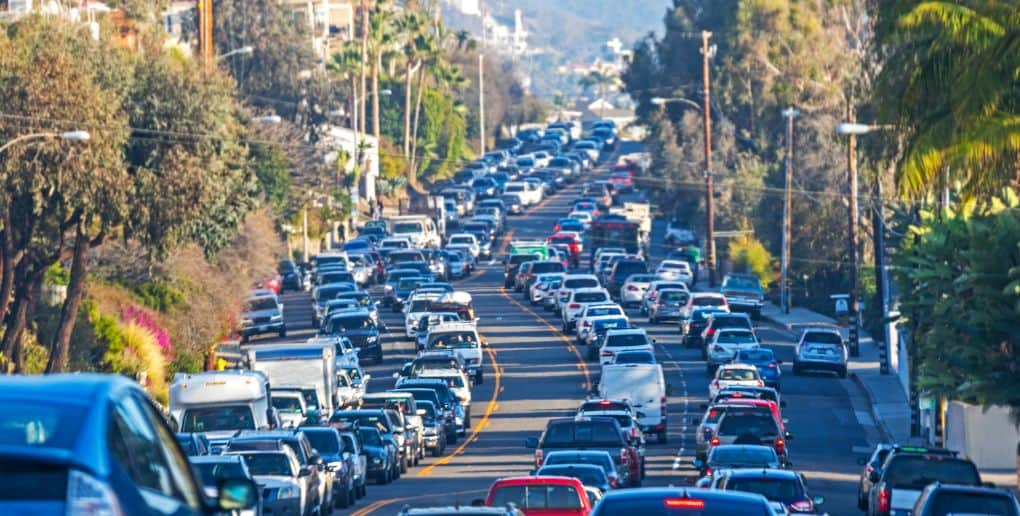
The UN has calculated that the annual cost of traffic congestion in developed countries for the global economy is over $2.2 trillion. Many solutions have been tested around the world to reduce congestion. The first was to add lanes and roads to allow traffic to spread.
That may seem logical on paper: more lanes for the same amount of traffic should reduce concentration and therefore reduce traffic jams. Experience shows that just the opposite is the case. The Katy Freeway in Houston in the USA is a perfect example. This vast highway was built in the 1960s with 2 x 6 traffic lanes. Due to traffic congestion, it was expanded to 2 x 8 lanes in 2000. In 2004, it was expanded again to 2 x 10 lanes; to 2 x 11 lanes in 2006; and finally to 2 x 13 lanes in 2008.
But the motorway is just as congested as ever – even with 26 lanes! This is due to what is known as “induced traffic” or “induced demand”.


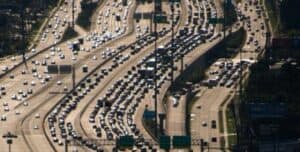
What exactly is “induced traffic”?
Induced traffic is a concept documented by urban planners and scientists that demonstrates that motorists are what can be described as “infrastructure profiteers”. The more traffic lanes there are, the more motorists travel by car, driving further and moving further away. Town planners have a saying for this: “You can’t justify a bridge by the number of people swimming across a river’”. In other words, new infrastructures attract users. As a result, adding infrastructures has an adverse effect. Instead of reducing traffic jams, it attracts more motorists. On the other hand, when infrastructures, such as roads, lanes or bridges are removed, motorists change their habits and organise themselves differently. The French municipality of Rouen’s Mathilde bridge is the perfect example: it was closed for almost two years due to an accident in 2012. Prior to the accident, 90,000 vehicles crossed the bridge every day. With the Cerema, the municipality conducted a study to understand the impact closing the bridge would have on users. Among other things, they observed an overall decrease in car traffic of around 12%, explaining that “the number of vehicles crossing the Seine had decreased and use of alternatives to car travel, such as public and active modes of transport had increased”. The Cerema had come across a similar example in Nantes: a road with 2 x 2 lanes was transformed into a single traffic lane with a bus lane and a bike path, reducing car traffic by 50%, but not the number of users. As a result, the number of cars on the road every day dropped from 50,000 to 25,000. On the other hand, 31,000 people take the bus on this route every day and traffic is smoother. Needless to say, there’s no miracle solution. Traffic is smoother but there are still peaks of congestion at certain times of the day. However, closing or improving roads while developing public transport and soft mobility seems to be the best solution for reducing traffic jams.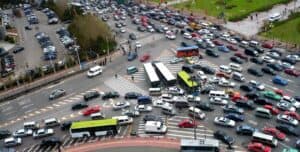
Multimodal solutions for reducing congestion
Cities and local authorities have tried many different ways to reduce traffic congestion. For example, cities including London and Helsinki have experimented with tolls at the entrance to cities. Since the toll was introduced, car traffic in London has fallen by 15%. On the down side, this solution stigmatises between people, facilitating life for those with the means to pay. Many cities have tried to streamline traffic by replacing traffic lights with roundabouts. Some have tried reducing speed and technological solutions, such as the development of algorithms predicting traffic in real time to warn motorists of traffic jams in advance. Some GPS and applications such as Waze already offer this solution, suggesting alternative routes when necessary. As the think tank La Fabrique de la Cité says in a report, “despite aiming to end congestion by moving the problem to another area, navigation apps create traffic jams elsewhere, worsening congestion”. Carpooling and car sharing services also contribute to the solution, including lanes reserved for carpooling to encourage this mode of transport and reduce the number of individual vehicles. Finally, there is a clear connection between soft mobility and the development of multimodal facilities. For example, the French town of Bordeaux plans to create 80km of additional bus lanes by 2030 and to open 7 new bus lines to complement the tramway. The city also plans to create special bus lines for transport to industrial zones and shopping centres. It also plans to create 250km of bike paths.Urban development that encourages soft mobility
Facilitating soft mobility and multimodal transport in urban areas requires preparation. Increasing the number of secure parking spaces is a priority, given that fear of theft and damage to bicycles is one of the main obstacles to the development of cycling in France. Bike parks need to be created near train stations and tram, underground and bus stops to encourage soft mobility in urban areas. Contrary to trends in recent decades, the development of multimodal transport goes hand in hand with reviving city centres, proposing urban development programmes that combine housing with local services, shops and businesses and appropriate transport solutions such as public transport and cycling facilities. Finally, car parks need to be improved and reviewed, with more parking on city outskirts so peri-urban residents can switch to alternative modes of transport when they arrive at the entrance to the city. Cities can also apply technological progress to improve efficiency for testing options and their consequences. Digital twins are a good example. Digital models allow municipalities to simulate and analyse traffic according to a range of parameters which enable them to make informed choices without full-scale experiments. Singapore has been using this process for a long time to test new traffic patterns and measure effectiveness. It’s an appealing solution that is sure to make urban planning more efficient in the future. Angers, Rennes and Issy-les-Moulineaux are among the many French cities already investigating this solution. Watch this space!More reading
Read also


What lies ahead? 7 megatrends and their influence on construction, real estate and urban development
Article
20 minutes of reading
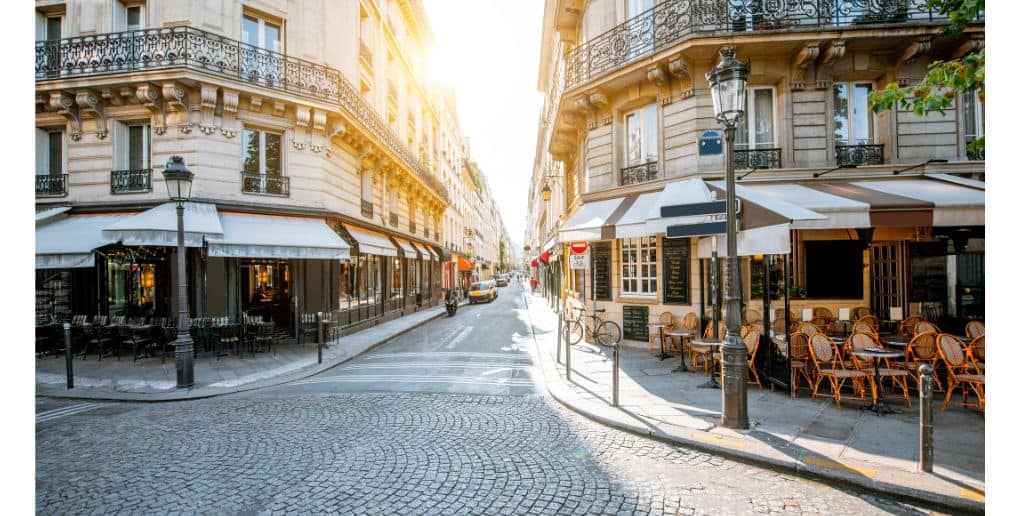
Energy
in partnership with


‘Paris at 50°C’: a fact-finding mission to prepare Paris for future heatwaves
Article
2 minutes of reading
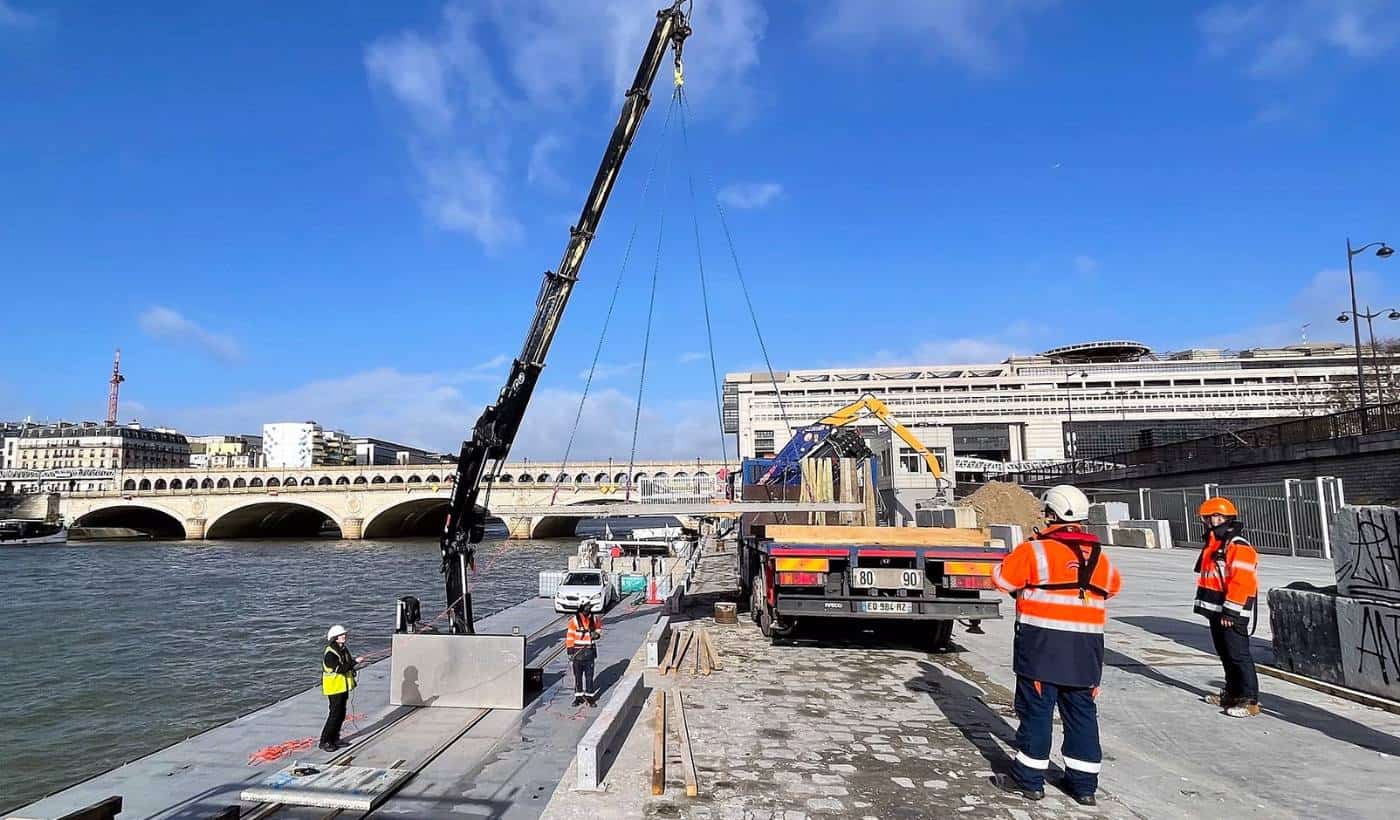
What if your sites were supplied via rivers instead of roads?
Article
3 minutes of reading

